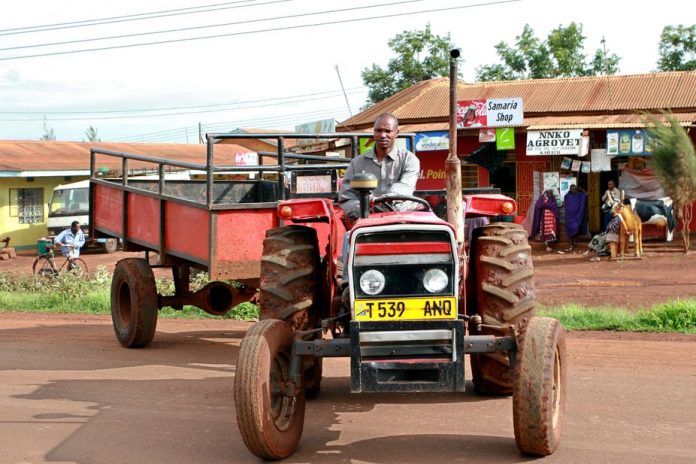By Dan Brockington
One of the clearest trends in wealth and poverty in Tanzania is shown by the slow decline in rural poverty relative to high national economic growth since the 1990s. Most explanations of this gap focus on the fact that the sectors which are growing – infrastructure, tourism, mining and service industries – are not rural. Agriculture is the mainstay of rural areas, but it is thought to remain relatively unproductive, is changing slowly, suffers from extensive backwardness and is risk averse.
But this explanation ignores inconsistencies in the data. The same data that report slow declines in rural poverty also show a sustained increase in the quality of housing throughout Tanzania.
How is it possible for a persistently poor rural population to construct such (relatively) good houses? To gain a better understanding of this, our research explored long term trends in rural Tanzania based on asset data. We have recently published this work in three open access papers in the Journal of Peasant Studies.
Our papers suggest that perhaps the paradox we must explain is not the failure of economic growth to reduce rural poverty. Rather we must explain why the data used to capture poverty lines doesn’t capture the ability of Tanzanians to build relatively good houses. Our work shows that if we are more sceptical about the data being used then the paradox diminishes. Read more…




